#hemitragus
Explore tagged Tumblr posts
Text
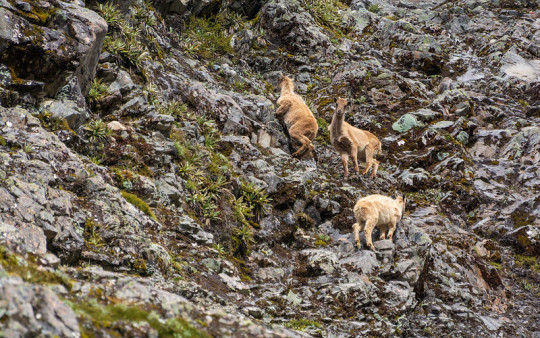
A group of Himalayan tahr (Hemitragus jemlahicus) near Cameron Glacier, Canterbury, Aotearoa.
by Jake Osborne
#himalayan tahr#bovines#hemitragus jemlahicus#hemitragus#bovidae#artiodactyla#mammalia#chordata#wildlife: aotearoa#wildlife: oceania#invasive species
71 notes
·
View notes
Text


Hemitragus jemlahicus (Thar dell'Himalaya)
How to support me: Ko-Fi page
#digital camera#digital photography#photography#naturecore#cottage core#canon rebel#canon dslr#canon eos#canon#canon1200d#Bioparco di Roma#hemitragus jemlahicus#Thar dell'Himalaya#Thar#thar himalaya#hemitragus#sheep#photo blog#my photos#photooftheday#photograph#picture#photographer
3 notes
·
View notes
Text
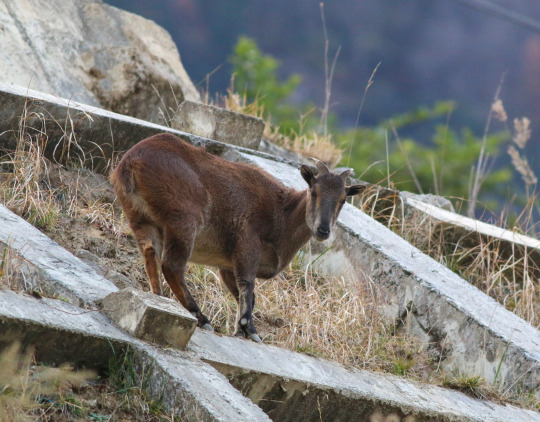
Himalayan tahr Hemitragus jemlahicus
Observed by fishingcatt, CC BY-NC-SA
30 notes
·
View notes
Text
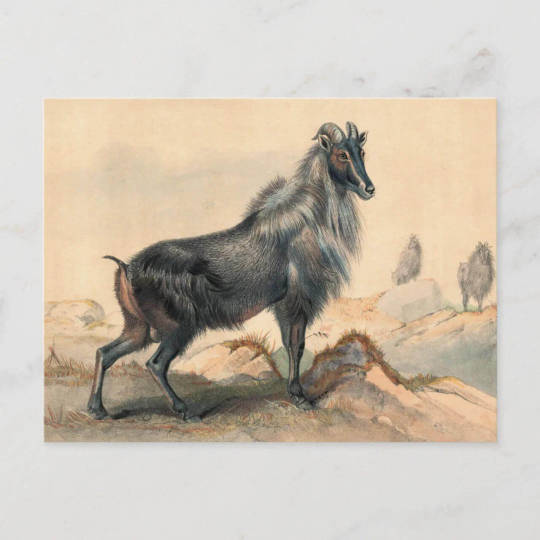
The Thar Goat by Joseph Wolf Postcard
Animal Illustration: Designs & Collections on Zazzle
#joseph wolf#illustration#vintage illustration#animal illustration#nature illustration#wildlife illustration#postcard#postcards#postcard art#animals#bovids#himalayan tahr#hemitragus jemlahicus#tahr
4 notes
·
View notes
Text
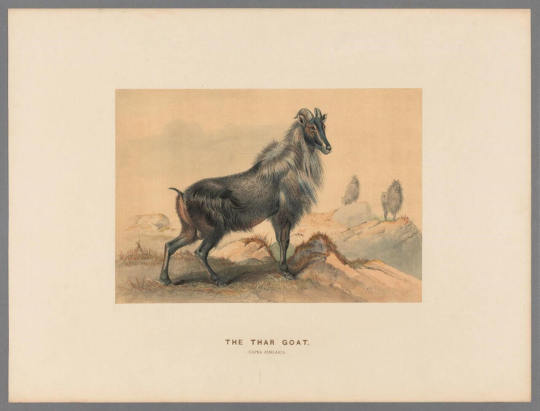
The Thar Goat (Capra jemlaica) | Joseph Wolf | Zoological sketches v.1 (1861) | Biodiversity Heritage Library | Flickr | Public domain
1 note
·
View note
Note
hello i just wanted to ask an ungulate enjoyer, what's your favourite goat?
Technically I could just answer this with the Takin again, but i will spare you and give you my second favorite goat:
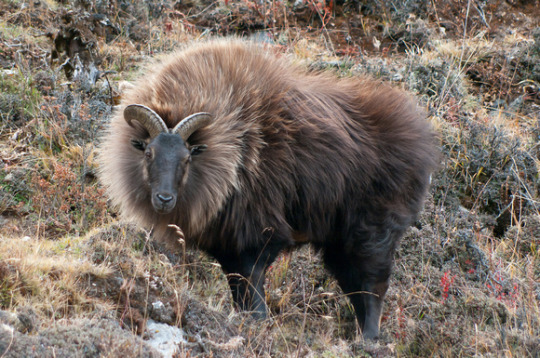
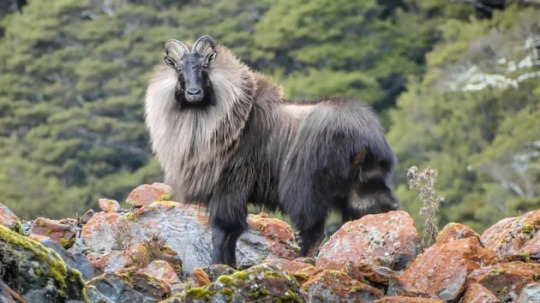
the Himalayan Tahr (Hemitragus Jemlahicus)
but if you meant my favorite domestic goat that's a tie between Angora Goats & Kalahari Reds

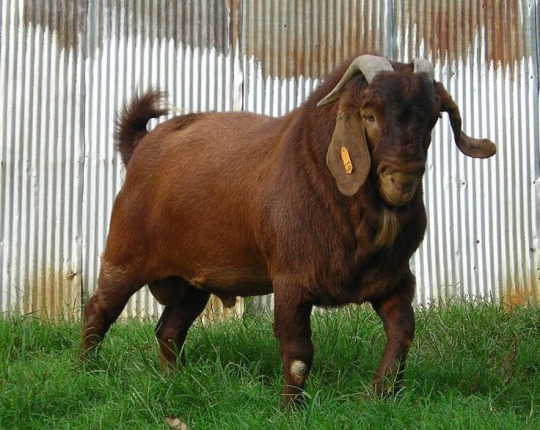
431 notes
·
View notes
Text

Himalayan tahr (Hemitragus jemlahicus)
Another relative of goats, the tahr is found throughout the Himalayas. In winter, they grow a thick coat of fur and migrate further down the mountains to avoid heavy snow. Tahrs have been introduced to several other countries, and have become a destructive invasive species in New Zealand.
#markhors-menagerie#animal facts#animals#biology#fun facts#ungulates#even toed ungulates#ruminants#bovidae#Caprinae#Himalayan tahr
5 notes
·
View notes
Text
Miscellaneous Mammals (Goggaerker, Brotkarske, Shrobshong, Biklanokyo, Klosweisht, Kregichmon)

For this week, I drew the mammals with horns🤘 I don't have the energy or brain to explain my thought process rn, but the Bovidae (plus one Felidae) I referenced are listed under the cut!
Goggaerker: Arabian sand gazelle (Gazella marica), mouflon (Ovis gmelini)
Brotkarske: suni (Nesotragus moschatus), chamois (Rupicapra rupicapra)
Shrobshong: impala/rooibok (Aepyceros melampus), Himalayan tahr (Hemitragus jemlahicus)
Biklanokyo: saiga (Saiga tatarica), giant/Lord Derby's/greater eland (Taurotragus derbianus)
Klosweisht: blackbuck/Indian antelope (Antilope cervicapra), markhor (Capra falconeri), clouded leopard (Neofelis nebulosa)
Kregichmon: African forest/dwarf/Congo buffalo (Syncerus caffer nanus), black wildebeest/white-tailed gnu (Connochaetes gnou)
#maniculum bestiaryposting#artist: me :)#maniculum miscellaneousmammals#Goggaerker#Brotkarske#Shrobshong#Biklanokyo#Klosweisht#Kregichmon
6 notes
·
View notes
Text

Un jharal ou tahr de l'Himalaya (Hemitragus jemlahicus), contemple le vide avec sérénité - photo. : Ankit Singh Bisen
18 notes
·
View notes
Text
A muskox Ovibos is no more a goat than a mountain goat Oreamnos is. They're both members of the bovid tribe Caprini, which is sometimes referred to as the "goat-antelopes" because it includes the goats, sheep, and antelopes most similar to them. "Antelope" doesn't really have a taxonomic definition -- it basically just means "any bovid that isn't a species of cattle, goat, or sheep" (i.e., the familiar domesticated ones and their immediate wild relatives). Several species universally called antelopes, like kudus and elands, are evolutionarily closer to cattle than they are to other things called antelopes like gazelles and impalas.
If you are using the term "goat" to mean "any caprine" then both muskoxen and mountain goats are goats; this is probably how you end up with the solution "muskoxen are goats". If you are using it to mean "any member of the genus Capra" -- which is by far the most sensible definition for the term, as it includes the domestic goat and its immediate wild relatives -- then neither are goats. You could, hypothetically, use "goat" to mean "any caprine that isn't a sheep Ovis" but that doesn't really make sense because why should goats have preference over sheep? Even trying to restrict goat to mean "caprines phylogenetically closer to Capra than to Ovis" isn't especially useful because you end up with a lot of caprines that can't be called either (Himalayan tahrs Hemitragus, chamois Rupicapra, aoudads AKA Barbary sheep Ammotragus, bharals AKA blue sheep Pseudois, etc.)... and, for the record, all recent phylogenies of which I'm aware place both muskoxen and mountain goats outside the clade formed by Ovis + Capra, and under the definition of "goat" meaning "anything closer to Capra than to Ovis" neither are goats. So basically, there is no arrangement, taxonomic or terminological, to get a situation where mountain goats aren't true goats but muskoxen are.
For what it's worth, some recent phylogenies based on nuclear DNA find that the mountain goat and the muskox are each other's closest relatives, so there is that to think about, too, in terms of terminology... though admittedly this is not recovered in other trees (mitochondrial DNA, whole-genome, morphological, total evidence).
Ultimately, the best definition of "goat" is "member of the genus Capra", and we just have to acknowledge that the mountain goat is so-named because it appears goat-like, but in reality is no more a true goat than it is a sheep... and in fact is more distant from true goats than the true sheep are! The same goes for the muskox, just acknowledging that its name suggests its obvious (and ultimately superficial) similarities to cattle. Casually, using the term "goat" to mean "any caprine" gets the point of these animals' relationships across using a familiar species, but could lead to confusion like this.
I have just learned that Mountain Goats are NOT, in fact, actual Goats.
212K notes
·
View notes
Text
What Wildlife Can Survive on Mount Everest?
Mount Everest, the highest peak on Earth, rises 8,848.86 meters (29,031.7 feet) above sea level, where the air is thin, oxygen is scarce, and temperatures can plummet to below -60°C (-76°F). The harsh conditions of the mountain’s summit make it seem inhospitable for most forms of life. However, despite these extreme conditions, a surprising variety of wildlife has adapted to the unique environment of Mount Everest and its surrounding areas.
While the summit of Everest itself is largely barren of life due to its extreme altitude and climate, the slopes and lower regions of the mountain are home to several resilient species that have developed remarkable adaptations to survive in this challenging environment. In this article, we explore the various animals that call Mount Everest home, from high-altitude insects to large mammals.

1. Snow Leopard
Arguably the most iconic of the mountain's wildlife, the snow leopard (Panthera uncia) is a large cat native to the mountain ranges of Central and South Asia, including the region around Mount Everest. Snow leopards are found at altitudes of up to 5,500 meters (18,000 feet) and are well-adapted to life in the harsh, high-altitude environment of the Himalayas.
Their thick fur coat provides insulation against the cold, and their large paws help distribute their weight over deep snow, preventing them from sinking. Snow leopards are solitary and elusive animals, primarily preying on mountain ungulates such as blue sheep, Himalayan tahr, and even domestic livestock in some cases. Their powerful legs and long tail aid in maneuvering across rugged terrain and maintaining balance in steep, rocky environments.
2. Himalayan Tahr
The Himalayan tahr (Hemitragus jemlahicus) is a large herbivorous mammal that can be found at altitudes up to 5,000 meters (16,400 feet) in the Everest region. These wild goats have adapted to the rocky and steep terrain by developing strong hooves that allow them to climb steep cliffs with ease. Their reddish-brown fur and thick undercoat protect them from the cold and harsh winds of the high-altitude environment.
Himalayan tahrs are social animals and are often seen in herds. They primarily feed on grasses, shrubs, and leaves, and their diet varies depending on the season. In the colder months, when food becomes scarce, they are capable of surviving on lower-nutrient vegetation and mosses found in the alpine zone.
3. Yak
The yak (Bos grunniens) is one of the most important domesticated animals of the Himalayan region. Native to the Tibetan Plateau, yaks are well-adapted to the cold, high-altitude environment of Mount Everest. These hardy animals are able to live at altitudes of over 5,000 meters (16,400 feet), where oxygen levels are low and temperatures are freezing.
Yaks are covered in a thick coat of wool and hair that helps insulate them from the cold. They are also well-suited to the rugged terrain, with their large hooves allowing them to traverse rocky slopes and snow-covered paths. Yaks are primarily used by local Sherpas and other mountain communities for transportation, as pack animals, and for their milk, meat, and wool.
4. Tibetan Plateau Vole
The Tibetan plateau vole (Eothenomys inermis) is a small rodent that inhabits the higher reaches of the Himalayas and can be found at altitudes of up to 4,500 meters (14,800 feet). Despite its diminutive size, this vole is incredibly resilient and can survive in extreme cold and thin air. It has a thick fur coat that helps it stay warm, and it feeds on grasses and other vegetation found in the alpine meadows.
These voles play an important role in the ecosystem by serving as prey for larger predators like the snow leopard and other carnivores. Their ability to thrive in such an inhospitable environment demonstrates the adaptability of life on Everest.
5. High-altitude Insects
While large mammals are the most visible wildlife on Mount Everest, there are also a number of smaller creatures that have adapted to the high-altitude environment. Insects like the Himalayan jumping spider (Euophrys omnisuperstes) and the Everest caterpillar fungus (Ophiocordyceps sinensis) are among the most well-known species to thrive in the harsh conditions of the mountain.
The Himalayan jumping spider is found at altitudes above 6,700 meters (22,000 feet), making it one of the highest-dwelling arthropods in the world. Despite the extreme cold, these spiders are active during the short summer months and feed on small insects that are also adapted to the high-altitude environment.
The Everest caterpillar fungus, while not an insect itself, is a parasitic fungus that infects caterpillars and is found in the high-altitude meadows and grasslands of the Himalayas. It has gained significant attention due to its medicinal properties and is highly valued in traditional Chinese medicine.
6. Birds of Prey
Several species of birds of prey, including the Himalayan griffon vulture (Gyps himalayensis) and the golden eagle (Aquila chrysaetos), can be found in the Everest region. These birds are well-adapted to the thin air and high altitudes, using the powerful updrafts created by the mountainous terrain to soar and hunt for prey. They are typically found at altitudes ranging from 3,500 to 6,500 meters (11,500 to 21,300 feet).
The Himalayan griffon vulture, in particular, is a scavenger, feeding on the remains of animals such as yaks and Himalayan tahr. Its keen eyesight allows it to spot potential food sources from great distances, while its large wingspan and strong flight muscles enable it to cover vast areas of the mountain range in search of food.
7. Marmots
Himalayan marmots (Marmota himalayana) are large, burrowing rodents that inhabit the alpine meadows and rocky areas at lower altitudes of Mount Everest, typically between 3,000 and 5,000 meters (9,800 to 16,400 feet). These marmots are active during the warmer summer months, when they feed on grasses, herbs, and roots. During the winter, they hibernate in their burrows to survive the extreme cold.
Marmots are social creatures, often living in colonies, and their burrows provide shelter not only for themselves but also for a variety of other species, such as smaller rodents and insects.
Conclusion
While Mount Everest may seem inhospitable at first glance, it is home to a variety of resilient wildlife that has adapted to the mountain's extreme conditions. From the elusive snow leopard to the hardy Himalayan tahr, these animals have evolved remarkable physical traits and behaviors that allow them to survive and thrive in one of the harshest environments on Earth.
As climate change threatens ecosystems around the world, the wildlife of Mount Everest faces new challenges. The resilience of these creatures serves as a reminder of the power of nature to adapt, but it also highlights the fragility of life in such extreme environments. Protecting these animals and their habitats is crucial, not just for the preservation of biodiversity, but for maintaining the delicate balance of the entire Himalayan ecosystem.
0 notes
Photo

300 notes
·
View notes
Text

Himalayan tahr Hemitragus jemlahicus
Observed by adachao, CC BY-NC-ND
196 notes
·
View notes
Photo

Himalayan tahr (Hemitragus jemlahicus) ◇ photo by 彭建生
2K notes
·
View notes
Text
Animal of the Day!
Himalayan Tahr (Hemitragus jemlahicus)

(Photo by Brigette E.)
Conservation Status- Near Threatened
Habitat- Himalayan Mountain Range
Size (Weight/Length)- 83.4 kg; 143.2 cm
Diet- Grasses; Leaves
Cool Facts- The Himalayan tahr is a close cousin to goats and sheep and it’s easy to see why. The male’s chest and neck are coated in long, dense hairs that protect them from the harsh winters and other males during the rut. Like most goats, the tahr is able to climb near vertical surfaces in the mountains they call home. During the rut, males will loose much of their body weight protecting their harem of females from other males. They have been introduced to several other places such as the United States, Argentina, and South Africa as a sport animal. However, they soon grew out of control and negatively affected their environment, leading to them being classified as an invasive species.
Rating- 11/10 (That’s a goat, not a lion.)
#Animal of the day#Animals#Mammals#Goats#Thursday#November 4#Himalayan tahr#biology#science#conservation#the more you know
87 notes
·
View notes
Text

Hemitragus jemlahicus | Joseph Wolf (1820-1899)
14 notes
·
View notes